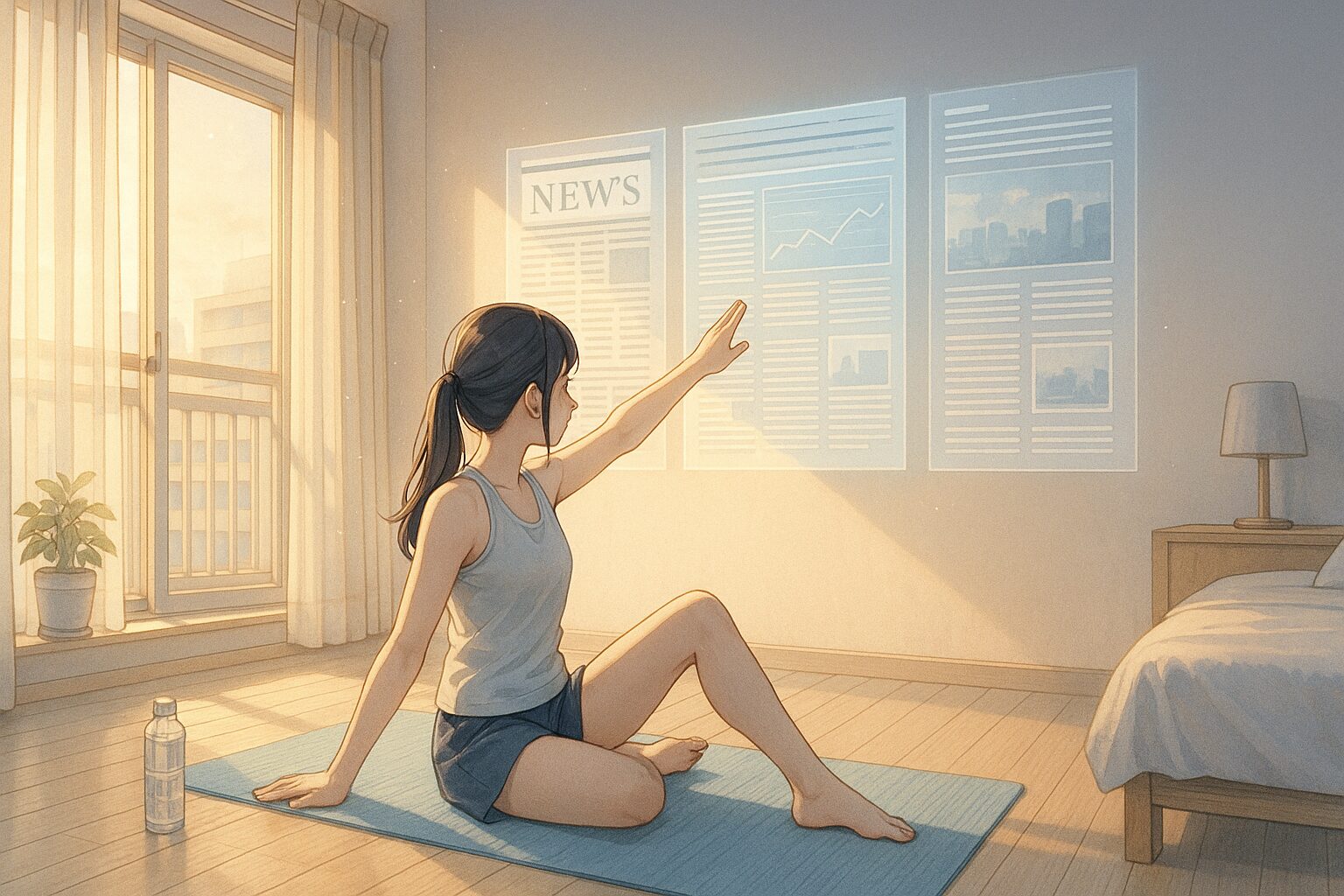Is the Future of Fashion ‘Rule-Breaking’? What If a Fashion Revolution Occurs at Cannes
Recently, Indian comedian Vir Das humorously broke the dress code at Cannes. His ‘nude, long, and voluminous’ outfit challenged fashion traditions. If this trend continues, how might the future of our fashion change?
1. Today’s News: What’s Happening?
Source:
NDTV Entertainment
Summary:
- Indian comedian Vir Das chose a sheer and voluminous outfit to break Cannes’s dress code.
- He described this act as a ‘fake’ Cannes attendance, delivering a humorous fashion message.
- This event raises a new perspective on the balance between tradition and innovation in the fashion world.
2. Three ‘Structures’ Behind the Background
① The ‘Structure’ of the Issues at Hand
Strict dress codes exist for international events like Cannes, requiring participants to comply. While this rule is meant to maintain tradition and formality, it can sometimes restrict creativity.② How It Connects to Our Lives
Fashion is part of our daily lives and a means of self-expression. The extent of individuality we can express within the confines of a dress code directly relates to our choices.③ As ‘Selectors’
We can choose how to express ourselves through fashion. This choice involves questioning whether to follow social rules or stick to our own style.
3. IF: What Happens If This Continues?
Hypothesis 1 (Neutral): A Future Where Rule-Breaking Becomes the Norm
Breaking rules at fashion events becomes commonplace, respecting individual creativity. As a result, diversity increases, allowing for freer self-expression. However, the meaning of dress codes may diminish, and the coherence of events might be lost.Hypothesis 2 (Optimistic): A Future Where Fashion Thrives
Designs that exceed rules are valued, leading to the birth of new styles and further evolution in the fashion industry. This respects individual aesthetics and enriches global fashion culture.Hypothesis 3 (Pessimistic): A Future Where Tradition Is Lost
Continuing to ignore dress codes may lead to the loss of traditional fashion values. This could weaken the formality and historical significance of events, potentially disrupting the unity in fashion.
4. What Are Our Choices Now?
- Action Items
- Learn and deepen understanding of the fashion industry’s rules while considering the balance with your own style.
-
Value fashion as a means of self-expression while making choices appropriate to the occasion.
- Thought Hints
- Consider that breaking rules isn’t always negative; it can lead to new values.
- Be aware that balancing tradition and innovation is key to the future of fashion.
5. Work: What Would You Do?
- Would you prioritize adhering to traditional dress codes to uphold the event’s formality?
- Would you prioritize your individuality and choose fashion that breaks the rules?
- Would you seek a style that navigates between rules and individuality based on the situation?
6. Conclusion: Preparing for 10 Years Ahead to Choose Today
What kind of future fashion do you envision? A future where individuality shines, a future where tradition continues, or perhaps a blend of both? Share your thoughts on social media or in the comments. Let’s reflect on the future of fashion together!









